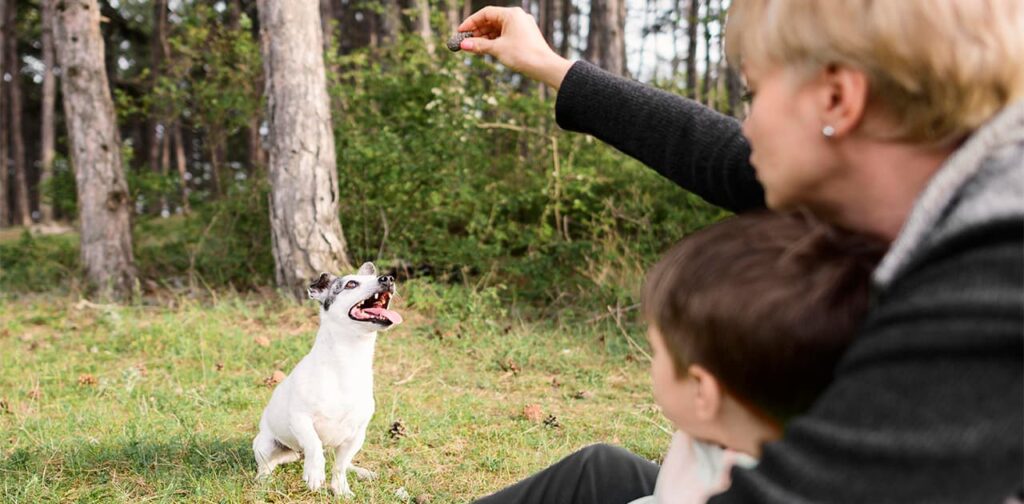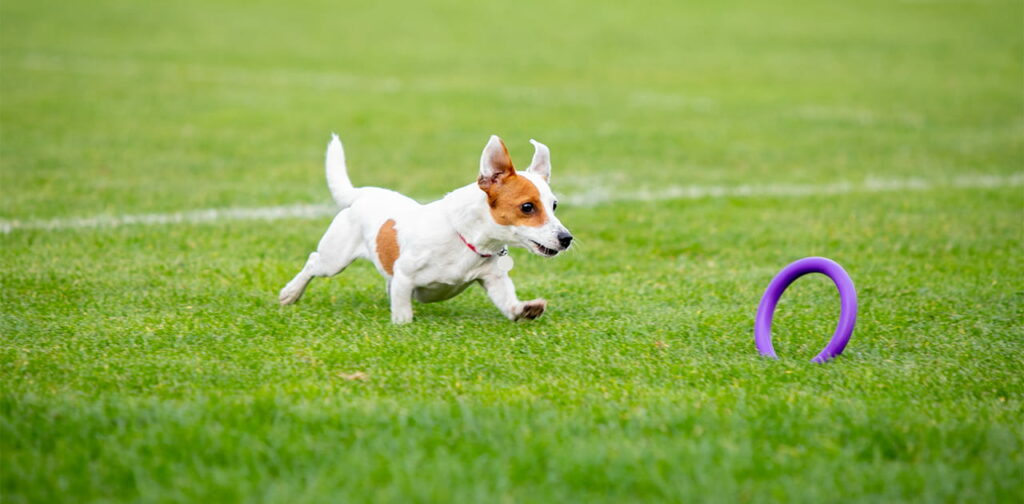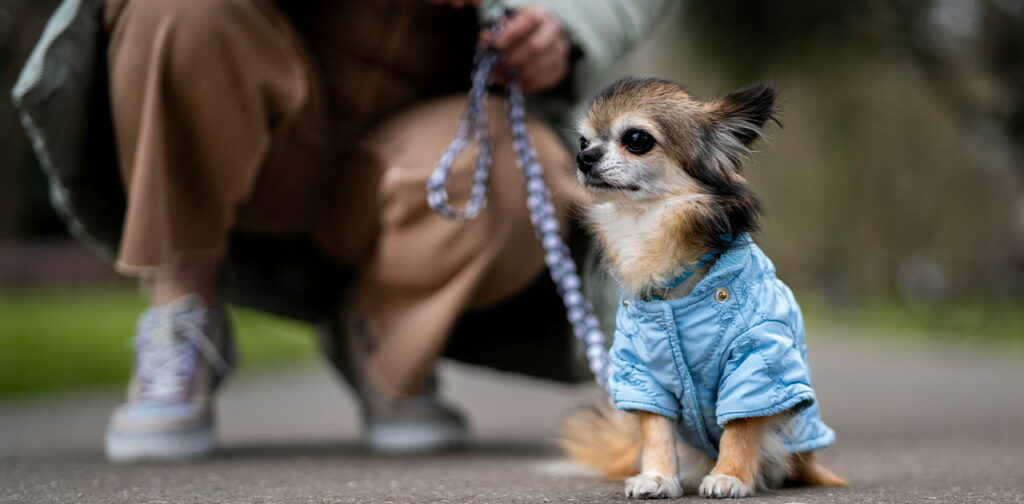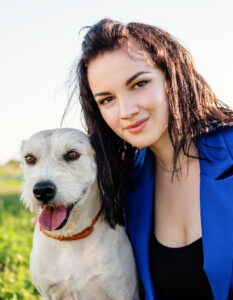Our little puppies are the most adorable curious little beings. They are playful and fun all the time. However, a disobedient puppy can cause displeasure for the owner and the other people around them.
As a puppy parent, you are bound to teach your puppy how to behave in a particular setting.
Puppies start learning from their environment as soon as they are born. They learn how to eat, how to walk, how to bark by themselves. But when it comes to when to eat, when to walk, and when to bark you may find your puppy not understanding your cues or command.
Obedience training for puppies equips you with the control to ensure the best behavioral management of your little friend.
Therefore, I have designed the ultimate guide to obedience training for puppies, everything you need to know including training equipment and step-by-step directions is included in the simplest of manner.
Take a look and enjoy communicating with your puppy a lot better.

What is obedience training?
Obedience training is training your puppy to follow your command and act obediently. Obedience training is designed to make puppies respond to commands and cues given by their owner or handler. This helps establish leadership and communication between the puppy’s parents and the puppy.
You can easily start today by teaching your puppy basic commands like, sit, stay, come, down, heel, and leave it. It will help your puppy in developing leash manners, socialization with other dogs and people, and impulse control.
Obedience training also simplifies other training processes like crate training, potty training, and other behavioral training.
Obedience training methods often rely on positive reinforcement techniques such as praise, treats, or toys to reward the dog for obeying commands. You may want to start obedience training your puppy as soon as they get 8 weeks old.
You must carry out the training in a controlled environment as you do not want your little furry friend to be distracted by their environment.
Why is puppy obedience training important?
Puppies are like babies; they need to be taught to act out the desired behavior. In the beginning phase of your puppy’s life, it is easy to overlook the importance of obedience training as they are much more manageable. But with age, your puppy may turn up to be a disobedient dog.
A disobedient dog can show aggression towards other animals and people in their environment, lack the understanding of basic boundaries during socialization, and cause a lot of stress. As a result, they may end up harming themselves or others or causing property destruction.
Many disobedient dog owners face legal cases as their dog is not trained to stay in a residential area among the people.
In contrast, if your puppy turns out to be an obedient dog everyone around you will feel safe and love your puppy. They will not repeat behaviors like excessive barking, chewing, and biting. They will help you and others in your time of need.
Moreover, an obedient puppy will take away your stress and make you feel safe and protected. Your little puppy today is much more trainable than they will be tomorrow. So, it is extremely important that you train your little pup to grow up to be a gentle and friendly dog.
Basic Obedience Training for Puppies
In my 7 years of experience as a dog breeder, I have come up with the ultimate guide to help you with the process of obedience training for puppies.
Obedience Training Equipment
Before starting the obedience training you may want to grab a set of equipment to help your puppy to cooperate with the training process.
1. Commands list
A command list with a set of commands will help in making the training much more structured and simpler. Write down all the commands you may want your puppy to follow in day-to-day life.
Remember it is always better to start easy with your little pup. Here is a list of some basic commands to carry out obedience training for puppies.
- Sit
- Stay
- Come
- Down
- Heel
- Leave it
- Drop it
- Wait
- Off
- Watch me
- Shake
- Quiet
- Back
- Stand
- Go to bed
2. Treats
All types of puppy training mostly rely on positive reinforcements. The most popular and effective is puppy treats. I would advise you to break down your puppy’s regular meal into small traits to use during training. This will help to avoid overfeeding.
Ensure the food is suited for your little furry friend. Research before you choose the best food for your puppy.

3. Toys
Another version of positive reinforcement is rewarding your little friend with some playtime. You can bring in toys and play with them as a reward for following your command. A toy can also act as an accessory in obedience training.
Try associating toys with your command, like fetching practice sessions with fetching toys. Some fun toys to consider are tug toys, squeaky toys, fetch toys, rope toys, puzzle toys, and training balls.
4. List of praise
Your little puppy is always looking for your validation and love. Praise makes them happy as they feel they have made you happy. Praise as a positive reinforcement serves as immediate positive feedback, reinforcing desired behaviors.
It strengthens the bond between the puppy and owner, motivates the puppy, and encourages repetition of the desired action. Make a list of praises that you want to reward your pup with. For example, good boy/girl, Bravo, Fantastic job, Great work, Well done, etc.
5. Clicker
Vocal commands are not much different from a training clicker. But a clicker stands out in a noisy environment full of voices. Our puppies can easily get distracted by smell, sight, and sounds.
Clicker comes to rescue the communication between you and your puppy on such occasions. You can easily buy a clicker from your nearest shop or order online.
6. Leash
In the later phase of training, you may need to take your puppy outside for advanced obedience training. Do not take your puppy out without a leash. You may struggle to control and train them in such a destructive environment.
Find the right leash for your puppy, and be aware of the comfort and size of the chosen leash.

Step By Step Guide for Basic Obedience Training for Puppies
Take a quick look at the easiest and simplest way to carry out obedience training for puppies. This step-by-step guide is specially designed for new puppy parents.
Step 1: Preparations
Before starting the training take some time to research the process. Evaluate multiple methods and choose the right one for you and your puppy’s unique nature. Beforehand observe your puppy to see how they react to certain vocal commands.
Are they somewhat obedient or in need of a lot of training? Evaluating them will help in preparing yourself with the idea of how much effort is needed. Accordingly, gather the training supplies for obedience training for puppies mentioned before.
Step 2: Start Indoor and Start Small
Start by calling out your puppy’s name and offer them traits. Your puppy will associate the traits with their name. Eventually, you will find your puppy coming to you even when you are not offering any treats or playtime. With time create small associations like the command “eat” with feeding time.
Step 3: Move to Complicated Commands
Now that your puppy follows easy commands like come, eat, sit, stay, and stand, you can move on to much more difficult commands like heel, leave it, drop it, quiet, stop, etc. Gradually try fetching games and incorporate toys to make them follow much more complicated commands.
Step 4: Training Outdoor
Once your puppy correctly responds to your indoor commands, take them out of home and practice commands outdoors. Make sure your puppy is on a leash and try to start with calmer areas and then gradually move to a busier environment.
Otherwise, your puppy will get easily distracted by the environment. Your puppy’s focus should be you. While walking pay attention to your puppy.
Step 5: Stay Patient and Keep Up the Consistency
Whenever we are talking about puppy training and behavioral management patience and consistency is the key. Although your puppy needs your company, avoid punishments as a result of disobedience at all costs as this will affect your puppy’s physical and cognitive development harming their overall well-being.
Commit to consistent training sessions, incorporating praise, treats, and playtime to reinforce positive behaviors. Focus on building a strong bond and fostering a harmonious relationship between you and your puppy.
Conclusion
Our little puppies are in constant need of our guidance and communication. You may notice your puppy trying to communicate their needs throughout the day in many ways. Obedience training will equip both of you to communicate and interact a lot better.
You can easily start by making the preparation to follow our simple guide to build the ultimate puppy and parent relationship ever. Enjoy your time with your little friend.





